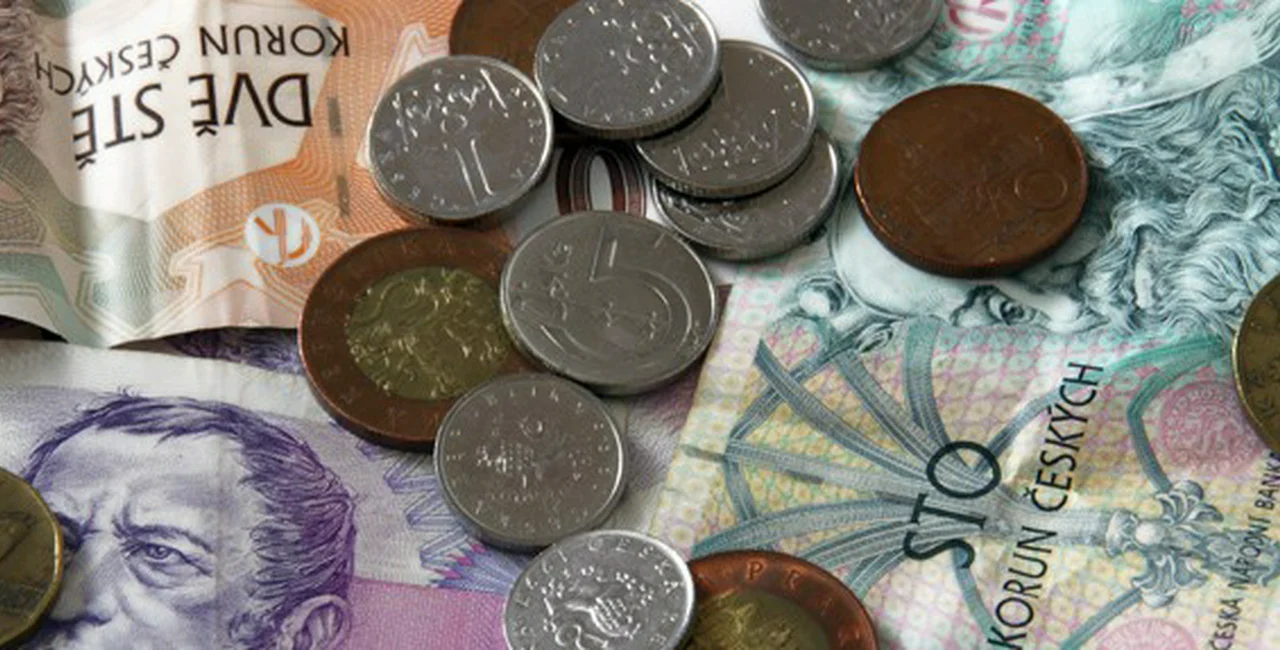
Basics
Czech Crowns come in denominations of 1, 2, 5, 10, 20 and 50 (which are coins) and 100, 200, 500, 1000, 2000 and 5000 CZK (which are banknotes.) The fifty crown banknote was discontinued this month. The decimal unit is the heller, but it is no longer represented by hard currency (more on the heller below).
We Won’t Take Your Money
From personal experience, and the accounts of various friends and associates, breaking big notes can be quite difficult, especially in small shops and sometimes even in larger ones. If you hand over a two-thousand or five-thousand note, expect some moaning and requests if you have anything smaller. Even a thousand will be accepted grudgingly if the amount is under a hundred.
The Hellish Heller
In 2003, the 10 and 20 heller coins were taken out of circulation. In 2008, the 50 haller went the way of her younger sisters. Despite the absence of the heller in hard currency, prices still express the decimal unit. for example, instead of being 5 CZK, a bottle of water might be 4,90 CZK. In this case, the price is rounded up. If you buy many items with the price expressed in both units then the total is rounded either up or down.

Rules of Exchange
Seasoned travellers, or just those who have been to the Czech Republic often enough, probably know how to get the best deal. The accepted wisdom is that exchange offices, usually, offer better deals than banks.
How true is that? Banks do charge a commission of between 1 and 2% with a minimum of 40 to 50 CZK whereas many exchange offices don’t. However, the banks seem to offer a more consistent amount. On the other hand, exchange office rates vary more widely. Another difference is that the exchange offices offered round numbers whereas the banks obviously used their more precise rank.
As a test, I asked the exchange offices and banks on Wenceslas Square how much I’d get for $200 USD. The banks offered around 3200 CZK after commission plus or minus a margin of about 70 CZK. The exchange offices offered from 2500 to 3300 CZK for the same amount. Even removing the lower rates offered for smaller amounts the range was 3000 to 3300 CZK.
The biggest surprise was that one exchange office initially offered me 3100 CZK. When I walked away he offered me 3200 CZK. This was an increase of 15,5 CZK to 16 CZK to the dollar. So, though there is no guarantee, haggling over half a crown could add up to the price of a meal.
Euro – unofficial second currency
The Czech Republic is a member of the European Union but like some other members (Hungary, Sweden and the UK, for example), it has not adopted the Euro. Whether or not it will is an ongoing debate.
However, some places will accept euros. Usually this will be written in English. If not, the Czech will be “Přijímáme euro.” (Literally, we accept euro.) They will also display the exchange rate. If they don’t, ask in advance.
One thing to remember, even if you pay in euro, you will usually receive crowns in change. From years of living here and casually observing this happen, I’ve yet to see someone be given change in euros after paying in euros.
Cashless purchases
Making an electronic purchase with a credit/debit card in a larger shop is usually not a problem. In smaller shops, it can be hit and miss. For one, they might simply not have the equipment. Or – as happened to me a couple of times – the shop assistant will refuse and request cash even if the machine is there.
What are your tips and experience with money in the Czech Republic?
***
Other Dos and Don’ts in the Czech Republic:
– Introductions
– Public Behavior












 Reading time: 3 minutes
Reading time: 3 minutes 























